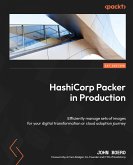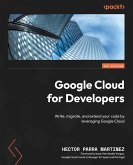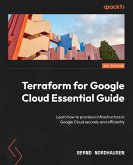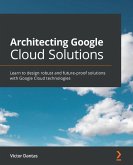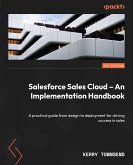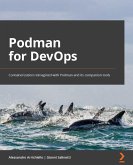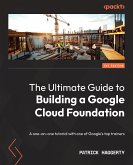This book helps you to build on your existing knowledge of enterprise application development and takes you on a journey through the six Rs: rehosting, replatforming, rearchitecting, repurchasing, retiring, and retaining. You'll learn how to modernize a legacy enterprise application on Google Cloud and build on existing assets and skills effectively. Taking an iterative and incremental approach to modernization, the book introduces the main services in Google Cloud in an easy-to-understand way that can be applied immediately to an application.
By the end of this Google Cloud book, you'll have learned how to modernize a legacy enterprise application by exploring various interim architectures and tooling to develop a cloud-native microservices-based application.
Dieser Download kann aus rechtlichen Gründen nur mit Rechnungsadresse in A, B, BG, CY, CZ, D, DK, EW, E, FIN, F, GR, H, IRL, I, LT, L, LR, M, NL, PL, P, R, S, SLO, SK ausgeliefert werden.
Hinweis: Dieser Artikel kann nur an eine deutsche Lieferadresse ausgeliefert werden.



